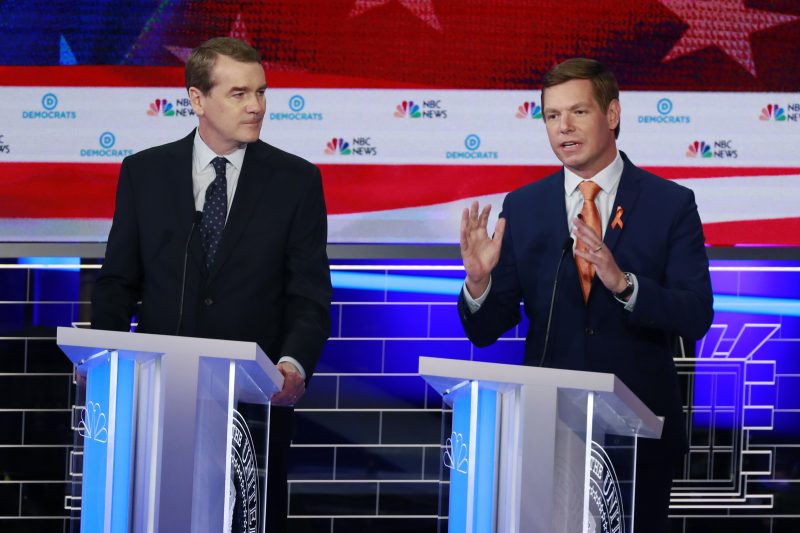In recent times, the Democratic party has been grappling with the challenge of transitioning leadership to a younger generation. The need to pass the torch to younger leaders has become increasingly evident, yet the party has struggled to effectively navigate this shift.
One of the key issues hindering the Democrats in passing the torch to younger leaders is the entrenched power dynamics within the party. Long-standing leaders who have held positions of authority for many years often find it difficult to relinquish control and make way for new voices. This reluctance to embrace change can stifle the emergence of fresh ideas and perspectives that are essential for the party’s continued relevance and success.
Moreover, the process of grooming and promoting younger leaders within the Democratic party has been haphazard and inconsistent. While some efforts have been made to support and elevate young talent, there is a lack of a cohesive strategy for identifying, nurturing, and empowering the next generation of leaders. This lack of a structured approach has resulted in missed opportunities and a fragmented leadership pipeline.
Another significant challenge faced by the Democratic party in passing the torch to younger leaders is the generational divide that exists within the party itself. Younger members often feel marginalized and unheard, leading to a sense of disconnection and disillusionment with the party’s leadership. This disconnect can hamper efforts to cultivate young talent and create a cohesive vision for the future of the party.
Furthermore, the Democratic party’s struggle to pass the torch to younger leaders is exacerbated by the changing political landscape and the rise of new challenges and issues that require innovative solutions. Younger leaders are often better positioned to address these evolving challenges, given their perspectives and experiences, but the party’s failure to effectively integrate them into positions of influence hinders its ability to adapt and thrive in a rapidly changing world.
In conclusion, the Democratic party faces significant hurdles in passing the torch to younger leaders. Overcoming these challenges will require a concerted effort to break down existing power structures, develop a clear strategy for nurturing young talent, bridge the generational divide within the party, and adapt to the changing political landscape. By embracing change and empowering the next generation of leaders, the Democratic party can position itself for long-term success and relevance in an increasingly complex world.
